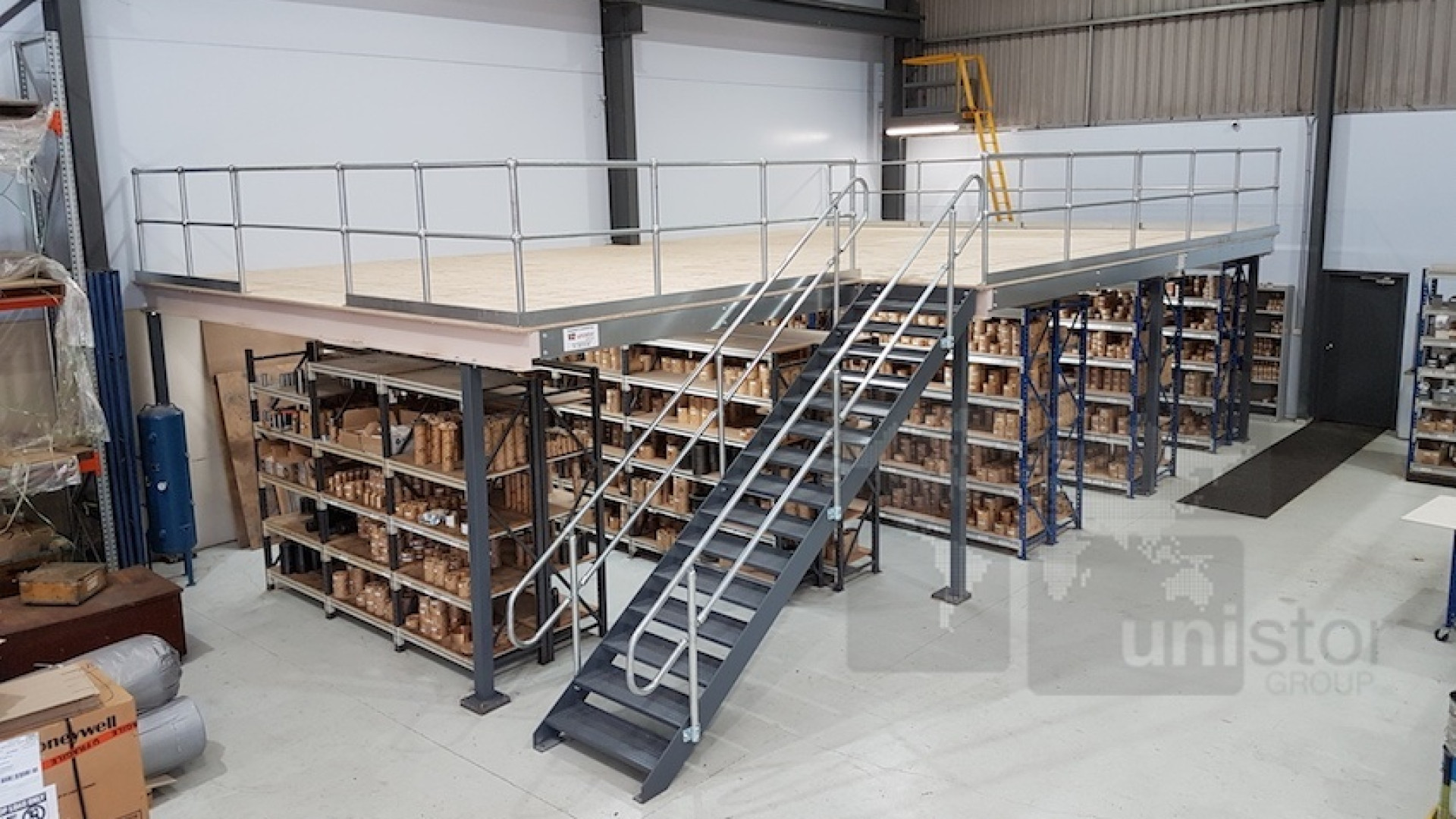How to Maximize Warehouse Space without Expansion?
Limited space is one of the biggest challenges of inventory management in warehouses and distribution centres. When a warehouse reaches its maximum capacity, which occurs when it hits 80% to 85% of its occupancy, it creates storage issues and also significantly drops the efficiency of work. Limited space leads to restricted movement, which then slows down processing and also increases costs.
While there can be multiple reasons for space issues, it often happens due to poorly used existing space and can be addressed without requiring to completely overhaul your storage space or expand the facility.
6 Ways to Maximize Warehouse Space Utilization
There are several ways to increase warehouse capacity without expanding the facility. Here are some of them:
1. Reduce the Space between Aisles
Aisles in warehouses are typically set 10 to 12 feet apart. Businesses often do not realise it until they reach the maximum occupancy, but aisles placed this far can cause a lot of wasted space. Reducing the aisle widths by 15% to 20% (5 to 8 feet) will create space, allowing you to increase the number of aisles and pallet racks and create more storage space.
When considering this option, it’s important to consider the handling equipment you use and ensure it can work in the reduced space with the same efficiency. You don’t want to increase space at the cost of efficiency.
2. Use a Warehouse Management System for Directed Put-Away
While this feature is essentially meant to improve warehouse productivity, it can also help save and create space.
For those who may not know, directed put-away is a feature of sophisticated warehouse management platforms that helps determine the best-suited locations for pallets. Leveraging this feature can help overcome the space issues created by improper storage. It tells your employees where to put pallets for best space utilisation instead of opting for the most convenient locations.
3. Install a Mezzanine Floor
Installing a mezzanine floor in Sydney may be costlier than the other two options mentioned above, but it is significantly cheaper than relocation or expansion, highly reliable, and globally recognised as one of the best ways to increase warehouse capacity.
A mezzanine utilises the vertical space that often gets wasted or remains under-utilised in warehouses and doubles the floor space. There are also several different types of mezzanines and flooring options available, which allows using the space for a variety of purposes. For example, a freestanding mezzanine is commonly used to store large parts and finished products, and a shelving-supported mezzanine adds to your existing shelving. It’s also ideal for storing small items. Similarly, depending upon the weight of the stored objects, you can choose to build the mezzanine floor with wood, steel, or concrete.
In addition to the primary purpose of adding to storage, mezzanine floors in Sydney can also be used to create administrative workspaces.
The benefits that mezzanine floors in Sydney offer to warehouses are unlike any other space maximisation option. If you have room for it, installing a mezzanine floor should be your first option to maximise space in the warehouse.
4. Extend Your Existing Racks
If you can’t add a mezzanine floor to your warehouse for any reason but still want to utilise the vertical space, you can choose to extend the existing racks. These vertical racks can be used to store non-fragile, lightweight goods and/or seasonal items that you only need access to during certain times of the year. This helps clear the ground space and also improves the pickup time by at least 25%.
There are several types of warehouse storage racks available. The best ones for maximum utilisation include:
- Pallet Racks – Ideal for businesses that have several different types of inventory.
- Carton Flow Racks – Best for warehouses with first in, first out (FIFO) inventory processes.
- Cantilever Racks – Work great for long items, like pipes, trusses, and lumber
If you choose to extend the racks vertically, do consult a structural engineer to make sure it is a viable option and/or you’re not violating any building codes.
5. Use Automated Storage and Retrieval Systems
Automated Storage and Retrieval Systems (AS/RS) are just what their name suggests – computer-controlled systems for storing and retrieving goods with precision and speed. They also provide the highest possible storage density, which helps maximise the available space. According to experts, these automated systems can help save up to 85% (or even more) of wasted floor space.
Increased throughput capabilities and labour productivity and enhanced product security are some additional benefits you can get with implementing Automated Storage and Retrieval Systems.
6. Consider Utilising Drop Shipping or Cross Docking Options for Some of Your Products
If you deal in large items that take up a lot of storage space, you can consider using drop shipping to save warehouse space. Similarly, if you get a lot of single-line orders or large back orders, you can consider using cross-docking to reduce the amount of inventory that needs warehouse storage.
Not only do these methods help save warehouse space, but they will also reduce your cost, which will be an added advantage.
The Right Solution to Warehouse Capacity Issues Can Vary
There’s no one-size-fits-all approach for warehouse capacity issues. The right solution can vary depending on the types of products, handling and processing equipment, and the particular needs of a business. Quite often, there’s no single answer. Businesses choose to employ more than one of these options for maximum space utilisation and to get the most out of their warehouse.


